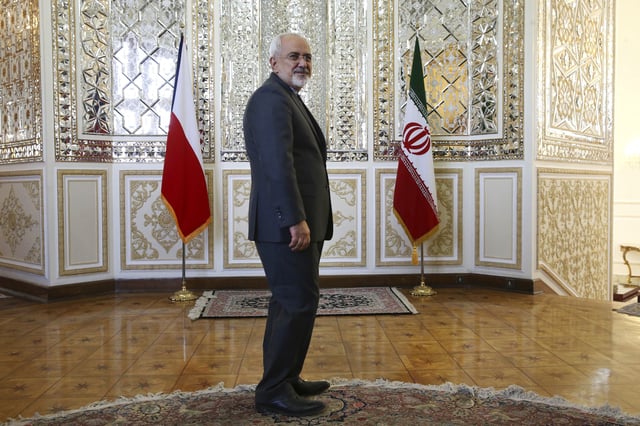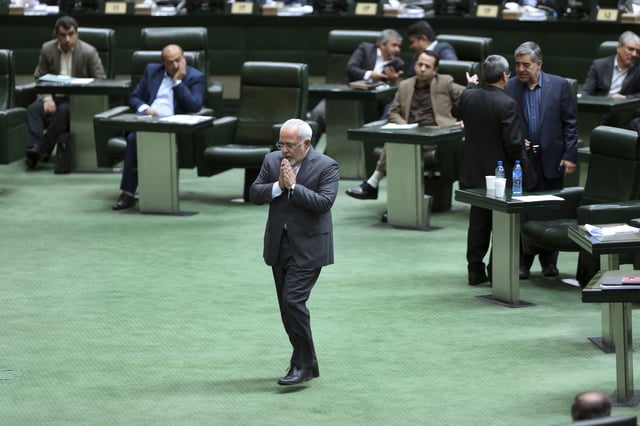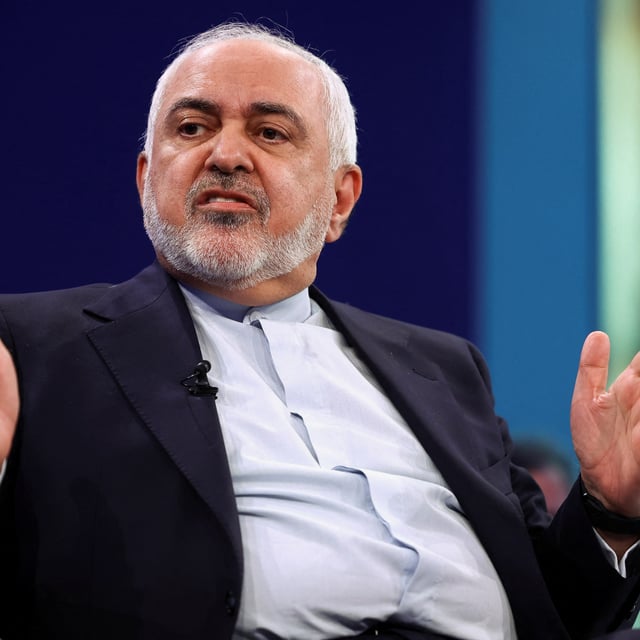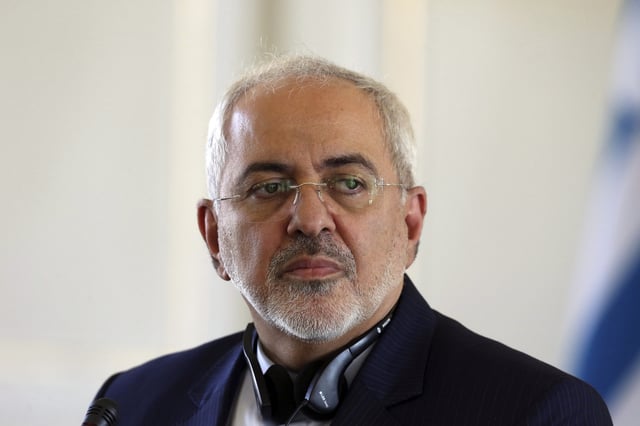Overview
- Mohammad Javad Zarif, a key architect of Iran’s 2015 nuclear deal, resigned from his role as Vice President for Strategic Affairs after pressure from hardline factions.
- Zarif’s resignation follows the impeachment of Economy Minister Abdolnaser Hemmati, who was dismissed by a hardline-dominated parliament over accusations of economic mismanagement.
- Both resignations highlight increasing challenges for President Masoud Pezeshkian’s centrist administration, which has faced opposition from conservatives since its election in 2024.
- Iran’s Supreme Leader Ayatollah Ali Khamenei has reinforced a hardline stance, ruling out negotiations with the United States despite ongoing economic hardship and sanctions.
- The developments come as Iran's nuclear program expands and international tensions rise, with key deadlines for the 2015 nuclear accord approaching in October.



